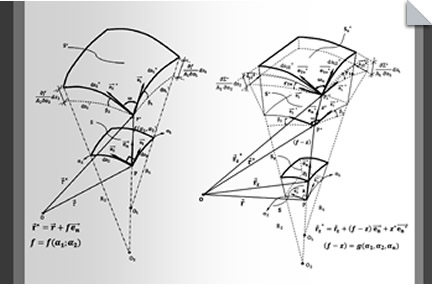Musculoskeletal risks analysis related to steel reinforcement works. Good practices
Keywords:
Ergonomics, musculoskeletal Risk, steel reinforcement workerAbstract
The MSD -musculoskeletal disorders- represent 45% of labour injuries. Specifically, construction workers involved in the different activities linked to steel reinforcement for an insitu concrete are exposed to a high rate of such injuries. This paper reviews in detail the physical risks of the iron worker, installing steel reinforcement for an insitu concrete pour. This study has revealed that the Spanish legislation, enforced since 1997 (transposing the European Directive on the implementation of minimum safety and health requirements at temporary or mobile construction sites) is not correcting the multiple musculoskeletal risk factors of these workers. It’s proposed for the analysis of such risks musculoskeletal, the use of different ergonomic methodologies. In one hand, the load handling guide from the Spanish National Health and Safety Institute, and in the other, the method ERGO/ IBV, developed by the Biomecanics Institute of Valencia for the repetitive tasks analysis. The use of these tools allows the design of new working methods that reduce the risks discussed. Subsequently, after the identification of the large number of risks musculoskeletals, it’s defined a set of better practices for these workers, exposed to very demanding work conditions and with low culture of prevention.


